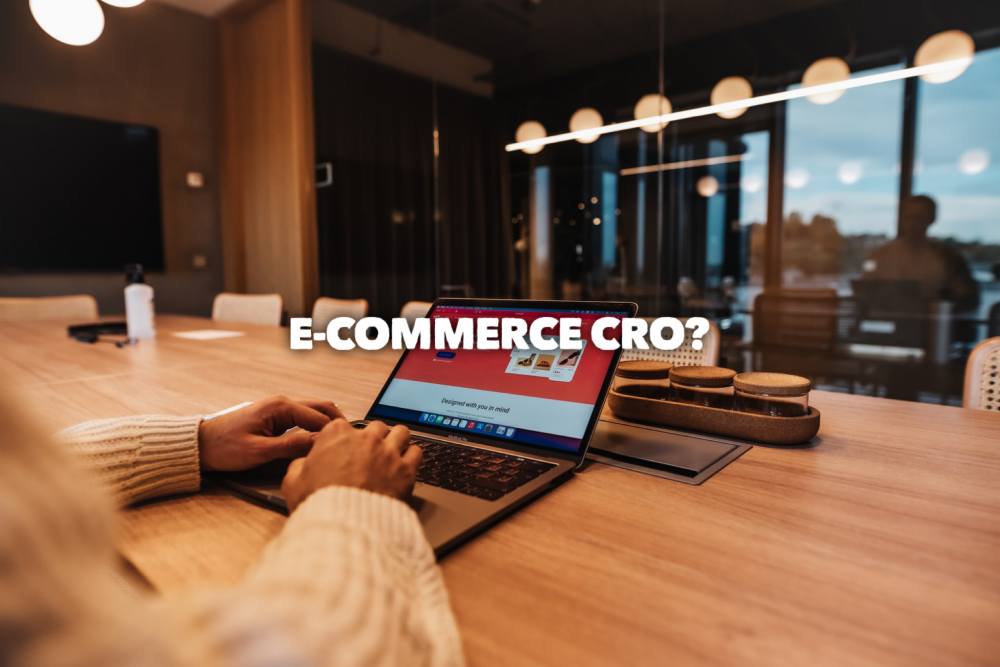It doesn’t matter how good your products are if people aren’t buying them and becoming raving fans of your brand.
This is why ecommerce stores are always looking for ways to increase their conversion rates.
With an abundance of conversion rate optimisation strategies and tactics to execute, it can be difficult to know how to get started.
Fortunately, this is where we come in.
In this article, we will focus on some of the key strategies that businesses can use to optimise their conversion rates.
Keep reading to get started…
Defining Ecommerce Conversion Rate Optimisation
There are many factors that can affect conversion rate, including the design of your website, the quality and price of the products offered, the ease of navigation, and the effectiveness of your marketing campaigns. Most of all, you need to make sure that you are driving traffic to your website from sources that are likely to convert. Some of the common measures to execute this would be to target your campaigns at people who are interested in what you are selling and to use effective call-to-actions that will encourage your target customers to complete your desired conversion.
So what is Conversion Rate Optimisation?
Let’s first establish a few terms before we identify what conversion rate optimisation is all about.
Conversion
Simply defined, a conversion occurs when a visitor to your website takes a desired action, such as making a purchase, signing up for a mailing list, or downloading a white paper.
There are many ways to track conversions, including using cookies or tracking codes on your website. You can also use Google Analytics to track conversions and see which pages are most effective in driving conversions.
Conversion Rate
Conversion rate is simply the number of visitors (in percentage) who fulfilled your call-to-action.
Conversion Rate Optimisation
In general, conversion rate optimisation is the process of improving your website to make it more effective in driving conversions. This includes making changes to the design, content, and navigation of your website, to ensure that you are encouraging your target audience to complete the desired action you want them to fulfil.
Industry Standards and Other Statistics
What Is the Ideal Conversion Rate?
You may have read online that the ideal conversion rate globally is 2% but this isn’t always the case as it depends on many different factors and aspects. Smart Insights’ article breaks down several ecommerce conversion rates by region, industry and more. You can use their figures and statistical data as a guide or baseline to refer to when optimising for conversions on your website.
The Shift To Online Shopping
Even before the COVID-19 pandemic started, individuals were already shopping online.
But where does online shopping sit today amidst the restrictions we face as technology continues to advance over the years?
To answer this, let’s understand the data.
As per the figures reported by Statista, there were more than 2.14 billion global online shoppers expected to make purchases online for the year 2021. And when it comes to the progression of international ecommerce retail sales, Statista reported that sales had increased from 4.9 trillion U.S. dollars in 2021 to 5.5 trillion U.S. dollars for the year 2022. In addition to the report, sales are expected to grow even more in the years to come.
Suffice to say, online shopping will remain strong both today and in the future.
Importance of Conversion Rates
Conversion rates are one of the most important metrics for companies to track.
A high conversion rate means that a company is not only successfully getting its products in front of the right people but also converting them into customers and engaged consumers of their overall brand.
By determining your conversion rates, you are able to assess the health of your sales and revenue for specific periods of time, as well as other actions that are important for your online business such as:
- Subscriptions
- Sign-ups of events or newsletters
- Purchases
- Downloads
- Number of shares for specific content on your site
There are many other conversions that ecommerce businesses strive for, the ones we’ve listed are just some of the most common ones.
But essentially, a low conversion rate means that the company is not reaching its conversion goals. However, there is always room for improvement and any brand can implement the proper CRO strategy (conversion rate optimisation strategy).
How To Calculate Conversion Rate
There are many formulas to utilise when it comes to calculating the conversion rate, depending on the specifics that you want to compute for. For example, the number of downloads for a particular web page, the number of sign-ups for all the site pages or simply the total conversion rate of your website.
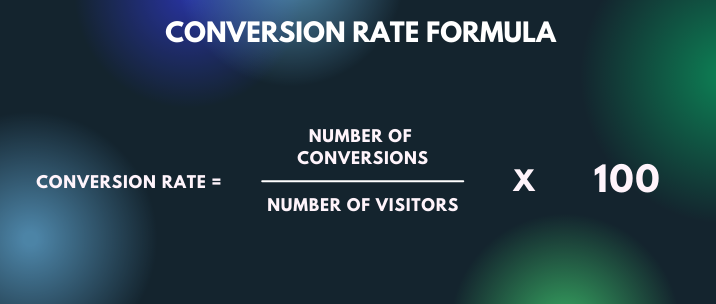
But all of these are based on one formula that individuals can use which is, taking the number of conversions for a particular page (or accumulating the total number of conversions on your site), dividing that by the number of visitors (either the total number of visitors on your website or the number of visitors on the specific website page of where the conversion occurred) and then multiplying the answer by 100 to get the figure as a percentage.
Here is a simple example to reference, if you have 5,000 visitors to your site and 100 of them make a purchase, then your conversion rate would be 2%.
Strategies to Increase Conversions
Because ecommerce conversions do not just include purchases or sign-ups for events and newsletters, we’ve created a general list of CRO strategies. Feel free to tweak and use these strategies as a guide to further improve your conversion rate optimisation tactics and strategy.
Always Provide Clear and Concise Information
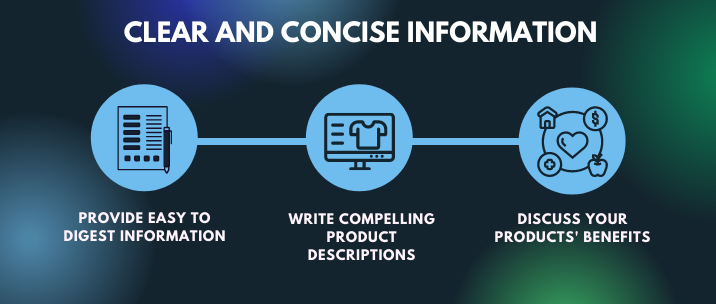
When you are selling products online, it is important to provide clear and concise information about each of your items. This includes providing details about the product, such as its features and benefits. But providing easy to digest details isn’t the extent of it all.
It is also vital to make sure that the website is easy to navigate, so that site visitors can easily find the information they are looking for. But we will be discussing this later on in this article.
Along with providing clear and concise copies that describe the products of your online store, product descriptions should also be enticing enough, that your potential customers actually make a purchase.
All the content of your website should be straightforward to understand and creatively compelling to effectively increase conversions.
Use High-Quality Images and Videos to Showcase Your Product
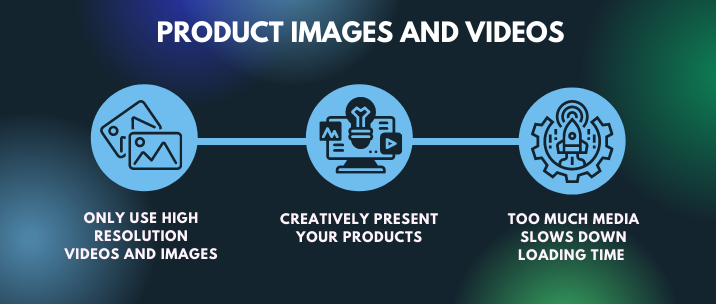
Using high-quality images and videos is key when showcasing your product on their respective product pages, as it helps to create a good first impression and makes the product look more appealing. It also gives website visitors a better idea of what the product looks like and what it can be used for. As a result, your site visitors are encouraged to learn more about your product and eventually they could decide to purchase from you.
But remember that if you saturate your website with too many of your high quality product images and videos for every single page, the loading time will be longer which will be an issue. So be mindful of how many high-resolution photos and videos you add to your website. Your online store should showcase your products in the best possible light but these photos should never sacrifice your site’s loading time. Otherwise, how will your target audience see what you have to offer?
Offer Competitive Prices
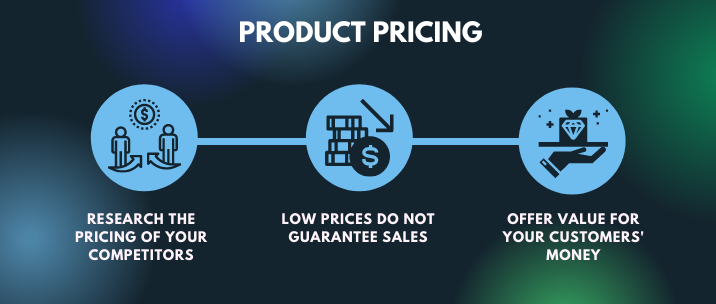
It is necessary and beneficial to offer a good selection of your products at competitive prices. Doing research on the prices of similar products can help ensure that your pricing is in line with the other ecommerce brands in the same industry.
If you sell your products for a price that is too low, your target customers might have second thoughts about the quality and legitimacy of your products and overall ecommerce store.
Because price sensitivity is usually at play, you also need to make sure that you are offering value for money, so that your paying customers feel like they are getting a good deal when they purchase from you.
Offer Discounts, Special Deals, Freebies and Samples
Offering discounts or special deals is a great way to encourage customers to purchase your product, which can result in an increase in the average order value.
When you offer a discount, you are giving the customer a reason to buy your product now, rather than allowing the chance for them to abandon their carts altogether. You can also take on the opportunity to get them to buy a higher-priced product if you offer a great discount rate. But be cautious when giving discounts, you still want to make a profit from the purchases.
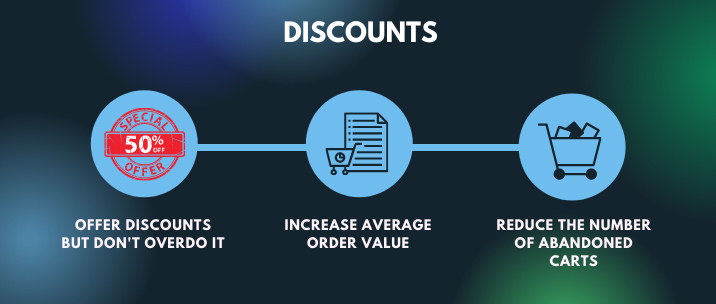
Free shipping is also a good incentive for customers to purchase your product that might be higher in price. By offering free shipping, you are giving the customer one less thing to worry about when making a purchase. This can be especially effective during the holiday or shopping seasons if you want to reduce your average cart abandonment rate.
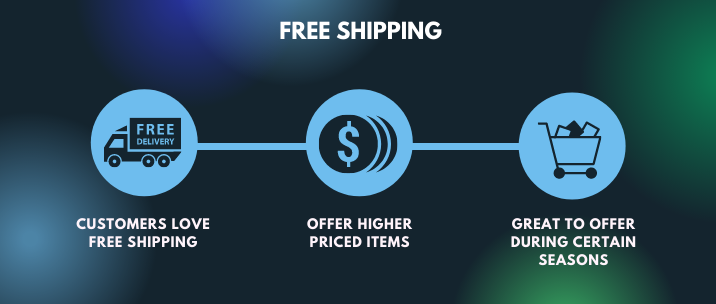
On the other hand, samples and freebies not only build anticipation for an actual product that you will launch later on, but it can also help drive customers to purchase from you, knowing that they will get a free item or a sample of an upcoming product.
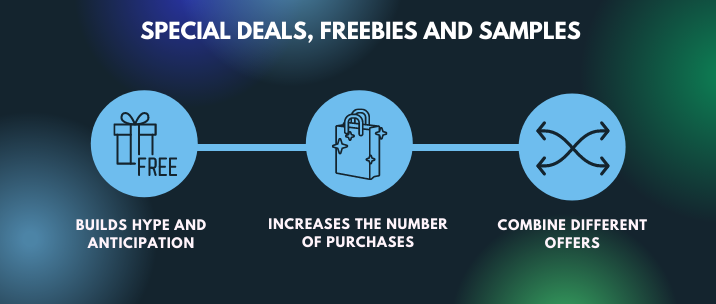
With these offers mentioned, you can creatively implement and mix each of the offers to drive conversions or support other CRO strategies. For example, you can use discounts as a way for your potential customers to sign up for newsletters. In exchange, they will get a discount that is valid for a limited time period.
Ensure All Processes Are Simple and Easy
From signing up for newsletters to checking out and even downloading whitepapers or content, you want to make sure all of these processes are seamless and effortless.
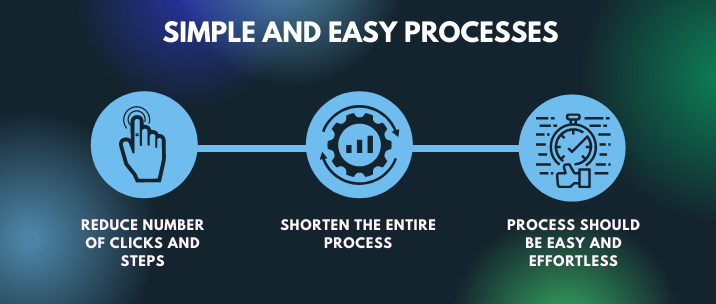
The more clicks it takes the user to fulfil a single conversion, the more you should focus on reducing the steps. This is because, if it takes your customers longer to complete the desired conversion you want them to do, they will most likely find the process tedious and will look for a substitute or an alternative that can give them what they want.
Only Add Relevant Pop-Ups
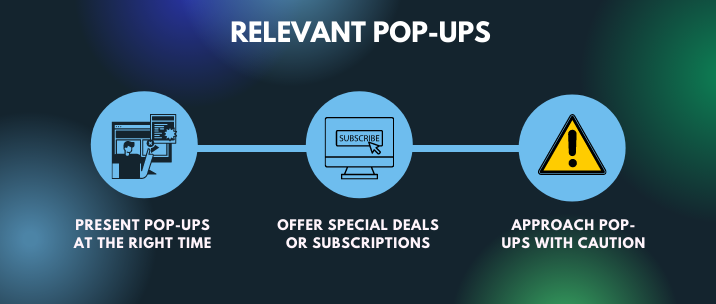
Pop-ups can also be an effective conversion rate optimisation strategy. They can be used to provide relevant information to potential customers at the right time, and they can also be used to offer special deals or subscriptions while your target customers browse your ecommerce site.
Although pop-ups should be used sparingly, as they can be off-putting for some customers, or even distracting and disruptive as they browse and consume content on your site.
Ensure Your Landing Pages are Relevant
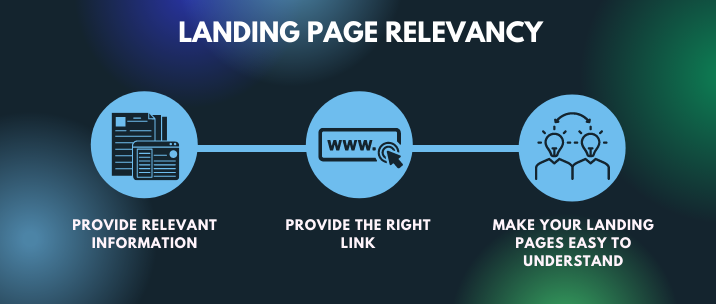
Landing pages are an important part of conversion rate optimisation. They are the pages that potential customers see when they click on a link presented to them, that is related to what they are searching for. For instance, if online shoppers stumble upon Google Ads and click on the link within that ad, these potential customers will be directed to sales pages or product pages.
With this, it is important to make sure that your landing page is relevant to what the customer is looking for. A relevant landing page will help increase the chances of a conversion taking place, as it will provide the customer with the information they need to make a decision. It will be highly beneficial if you already know what your paying customers want beforehand, to increase the likelihood of the conversion being completed.
Make Sure Your Website Is User-Friendly and Easy to Navigate
Your website should be easy to use and navigate so that potential customers can find their way around your website with ease. If your website is difficult to use, it is likely that your website visitors will give up and go elsewhere.
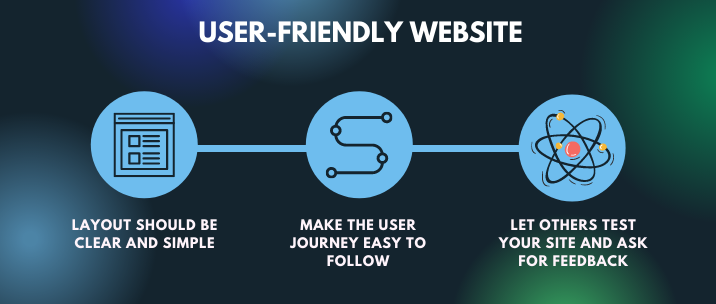
Here are some of the things to consider when making your website user-friendly.
- Have a layout that is clear and simple
- Make the user journey easy to follow
- Have a group of individuals test the website and ask for their feedback
Make It Easy for Customers to Purchase Your Product
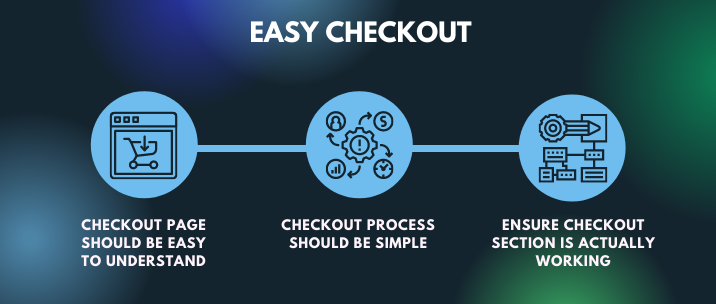
To improve conversions especially when you want more sales, both the checkout page and the checkout process should be easy to use and understand by online shoppers. More so, checking out during the shopping season should seamlessly happen without a hitch. Otherwise, it will be very easy for customers to shop from other ecommerce brands.
Collect and Showcase Customer Reviews
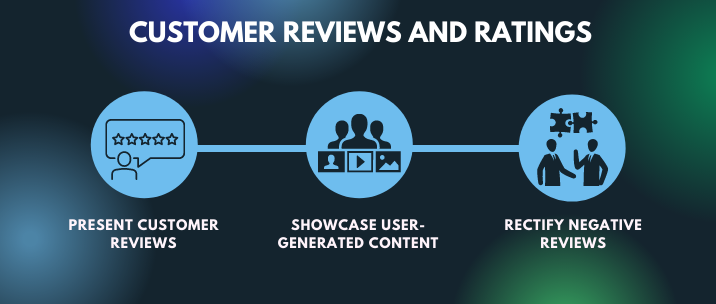
There is nothing more compelling than using social proof to build trust.
Social proof is when you use the endorsements of other people to build trust with potential customers. This can be in the form of customer testimonials, reviews, or social media posts such as user-generated content that shows your product in a positive view.
Showing that other people have had a positive experience with your product will help encourage website visitors to buy your product.
Note that as soon as you receive negative reviews or ratings, you must determine the cause and how you can rectify the problem that caused the negative experience for the customers.
Write Brief but Catchy Call-to-actions
Call-to-actions (CTAs) are the actions that you want your visitors to take, such as clicking on a button or link, filling out a form, or making a purchase. This is why it is essential to make them effective. CTAs are what encourage visitors to take the next step—to complete the conversion.
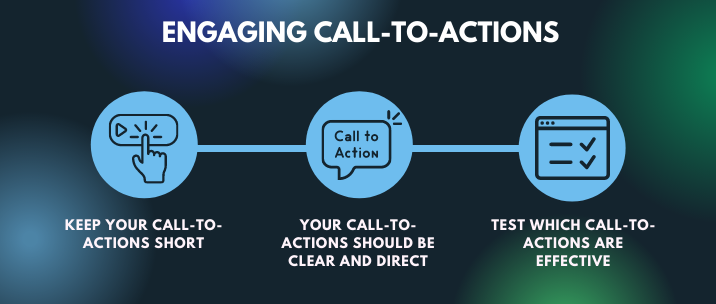
Your call-to-actions should not be very lengthy or stuffed with too many words or multiple actions that you want your audience to do. The same rules that we mentioned earlier about ensuring that your copies and product information are clear, definitely apply to your CTAs.
We recommend that you test which call-to-actions are actually effective in generating your desired results and goals, to determine which call-to-actions to use in the future.
Optimise Your Website for Both Mobile and Desktop
With more and more people using their mobile phones to access the internet, it is important to make sure that your website is mobile-friendly. This means that your site should be easy to navigate and use on a mobile phone and that the content should be easy to read. Mobile-friendly websites are more likely to be visited by potential customers who are on the go or simply avid mobile users. So make sure your website can cater to mobile devices as this can eventually lead to increased sales and other conversions.
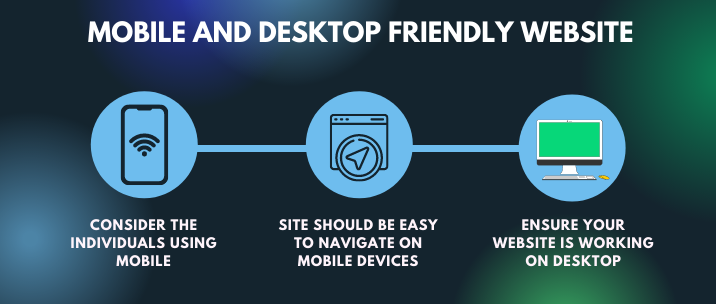
Of course, optimising your website for mobile is great but having a website that is desktop friendly is also important. If your website is not optimised for desktop, then you could forgo the opportunities to tap into the buying power of your ideal customers.
Identify the Best Webpages for Conversions and Maximise Them
When it comes to conversion rate optimisation, it is important to identify the best web pages for conversions. This means that you need to figure out which pages are getting the most visitors and conversions and which pages are converting the most visitors into customers. By identifying the best web pages for conversions, you can focus your efforts on these pages and see an increase in conversions.
There are a few different ways to identify the best web pages for conversions. One way is to use Google Analytics. You can set up conversion tracking in Google Analytics, which will allow you to see which pages are getting the most visitors and which pages are converting the most visitors into customers.
Another way to identify the best web pages for conversions is to use heat mapping tools. Heat mapping tools allow you to see where visitors are clicking on your website. This can be helpful in identifying which pages are getting the most attention and which pages are being ignored.
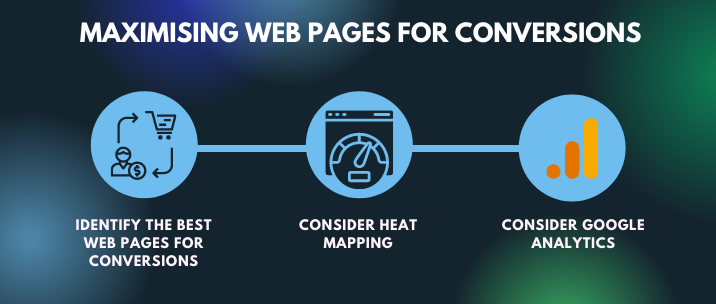
You can use a variety of different techniques to improve these pages, such as A/B testing, optimising your call-to-actions, and adding relevant content. By improving the best web pages for conversions, you can see a significant increase in your overall conversion rate.
Include a Chatbot or Chatbox on Your Site
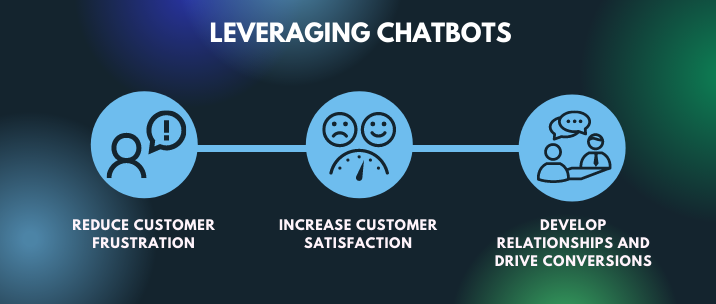
Adding a chatbot to your ecommerce website can help improve your conversion rate. A chatbot can help customers find the information they need on your website and can answer any questions website visitors may have. This can help reduce customer frustration and increase customer satisfaction.
Additionally, chatbots can establish the initial stage of a personalised customer service experience. This will allow some wiggle room to develop a relationship with the customer which will help drive more sales, push for sign-ups and or generally improve your conversion rate. Overall, chatbots can be a valuable addition to any ecommerce website. If you are looking to improve your conversion rate, consider adding a chatbot to your site.
Send Follow Up Emails as Reminders
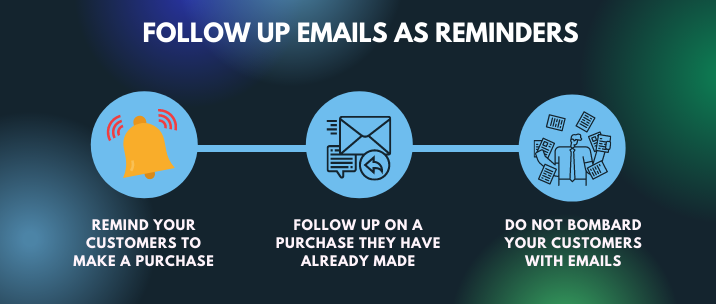
When it comes to conversion rate optimisation, following up with your customers is important. A few of the ways to do that is by sending them emails as a reminder to make a purchase based on their activity on your website or to follow up on a purchase they have already made. You can even ask customers how helpful your product has been for them, which helps ensure that your customers are satisfied with their purchase.
But similar to pop-ups, you don’t want to bombard your customers with emails every hour. Understand how much or how little your customers want to hear from you and you’ll be on your way to providing the information they need at the right time.
Use CRO Tools That Can Help You
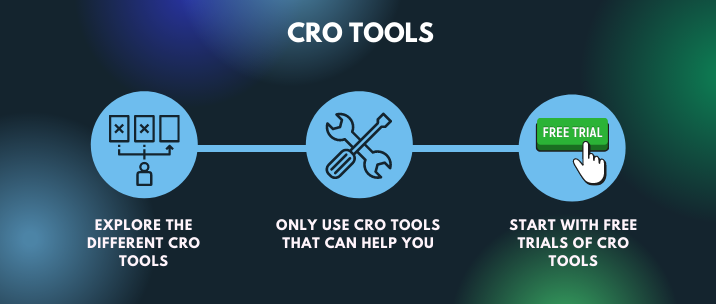
There are a number of conversion rate optimisation tools that can help you with testing.
Google Analytics is one tool that we recommend. It can help you track your website traffic and conversions, and it provides insights into where your visitors are coming from and what they are doing on your website as well as whether they accessed your site using a mobile device or through desktop.
Here are a few CRO tools that you might like to try:
Improve Your Website’s Speed or Loading Time
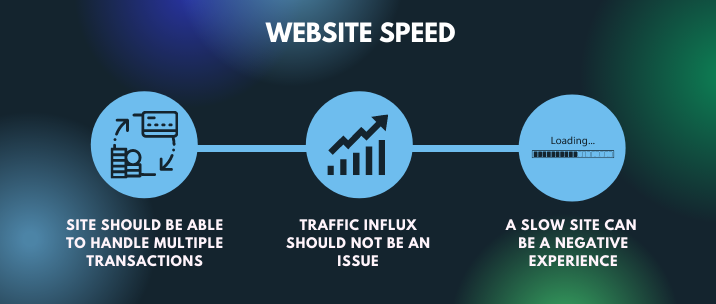
Make sure your site can handle multiple transactions and an influx in traffic. Even if your customers are just browsing through your site or are reading short articles of yours, having a slow site can be a negative experience for your customers. As a result, they won’t bother to come back to your ecommerce store.
Use Customer Service as a Channel to Increase Conversions
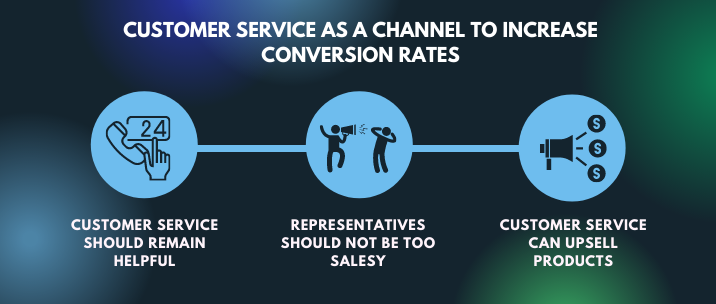
Another conversion rate optimisation strategy is using customer service as a channel to increase conversion rates when applicable.
But how?
Customer service representatives should still remain to be helpful. But because each representative is knowledgeable about your products and is able to answer any questions that customers may have, you can use this to upsell or leverage what your product can offer. And going beyond this, customer service can even encourage website visitors to sign-up for newsletters about upcoming flash sales and events that they might be interested in.
Keep testing
By A/B testing or split testing different copies, designs, headlines, and CTAs on buttons, you can find out what works best for your website.
In the context of conversion rate optimisation, A/B testing is a method of comparing two versions of a website page or other features and facets to see which one performs better. This can be used to test anything on a web page, such as the headline, the call to action, or the product image. Through this, you can identify which version of a site page is more effective at generating your targeted conversions.
Not only will testing help improve your conversion rate, but you will also be able to further understand what your target consumers want.
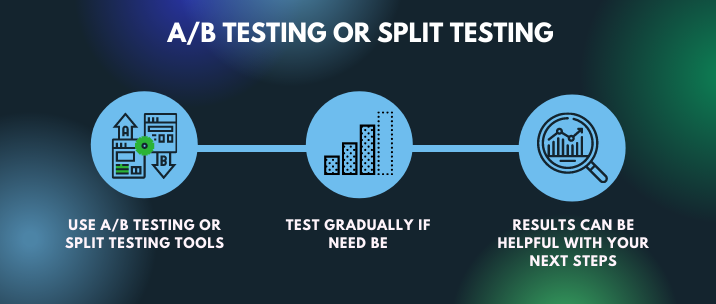
Therefore testing regularly ensures that your website is always optimised for any conversion. What works today may not always work tomorrow.
Consider Influencer Marketing
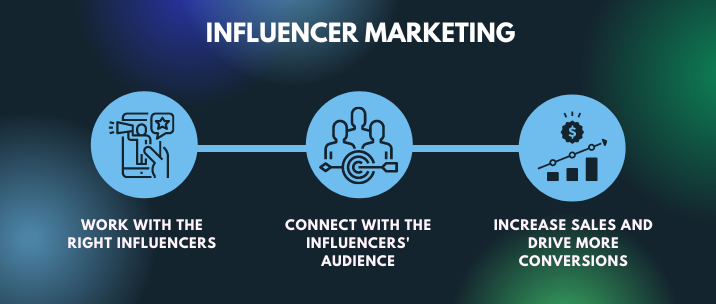
With influencer marketing, your chosen influencer will promote your product to their audience. This can be a great way to increase sales and drive other conversions. Because the influencer has a trusted relationship with their audience, this can lead to increased trust for your product and overall brand. Additionally, the influencer is likely to have a larger audience than your existing target market, which can help to increase your reach.
If you want to learn more about influencer marketing, you can visit our Ultimate Shopify Marketing Guide where we discuss the basics of influencer marketing.
Consider Giveaways and Contests
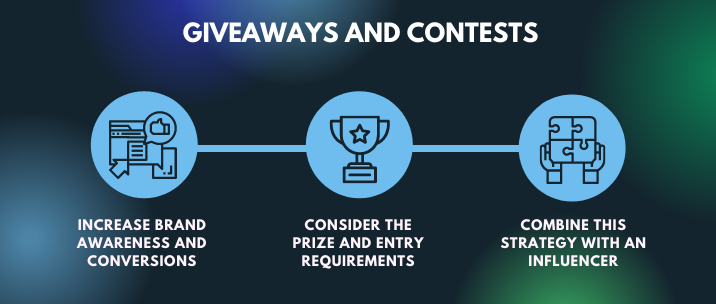
When it comes to giveaways and contests, you not only increase your brand awareness but you can also increase certain conversions like sign-ups, sales or purchases, downloads and free trials.
When creating your giveaway or contest, make sure to keep the following in mind:
- The prize. What will the winner receive? Make sure it is something that your target market would want.
- The entry requirements. Are you considering requirements such as a simple follow or a sign-up process using a form?
You can combine this strategy with an influencer to really hook the attention of your target audience as well as increase the chances of individuals executing the conversion.
Display the Number of Stocks Left
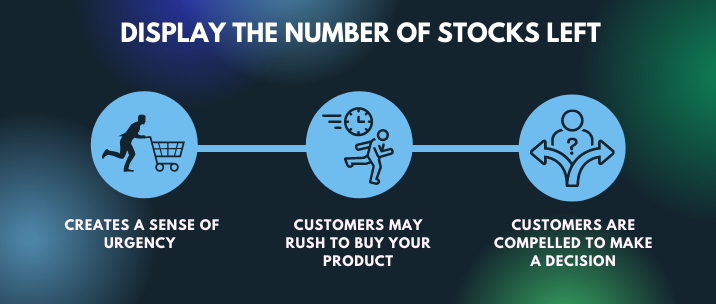
By displaying the remaining stocks left for each of your products, you create a sense of urgency for your customers to respond to. The idea behind this is that, if there are only a few stocks left, customers will be compelled to make a decision, such as to purchase your item or move on to another alternative.
Additional Tips
Replatforming
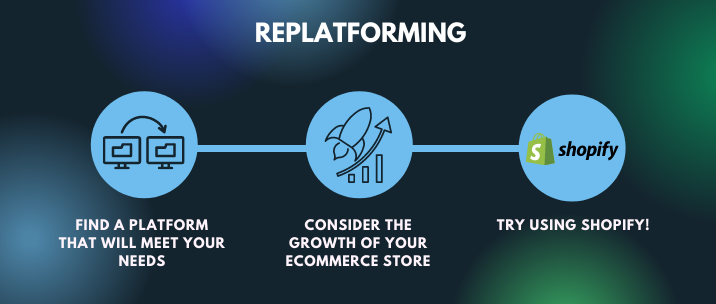
After reading all of our strategies, you might find yourself considering another platform that can provide you with the necessary options and features that best cater to your online store.
If so, you’ll need to thoroughly research what fits your needs right now as well as your needs in the future when your ecommerce store grows bigger. We recommend Shopify as it is the best for almost any ecommerce business.
Examine Your Buyer’s Journey
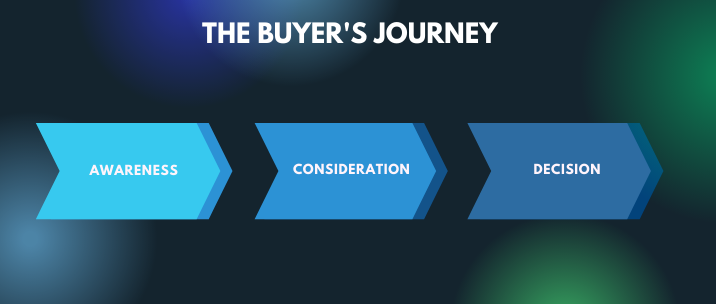
Examine your buyer’s journey and see where you can make improvements. Sometimes early on in the buyer’s journey, you lose the interest of your potential customer right away. It’s better to see the buyer’s journey every now and then, along with the marketing tactics and strategies implemented for each stage, so that you can make more decisions that can lead to positive impacts.
Conclusion
By following these tips, you can successfully increase your conversion rates. However, it is important to remember that there is no one-size-fits-all solution when it comes to conversion rate optimisation. Every business is different, and what works for one business may not work for another. You’ll need to test different strategies and see what works best for your ecommerce store. Only then can you truly find the formula for success.
Need help with increasing your conversion rates?
Book a FREE session with us today and we’ll help you get started!

